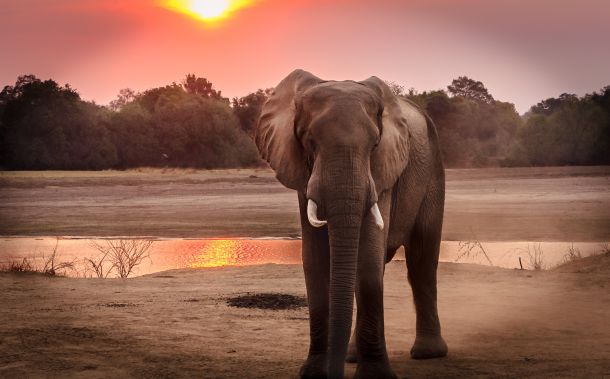
Photo by Harvey Sapir from Pexels.
Elephants: mammals of the family Elephantidae. They are the largest existing land animals.
Kingdom: | Animalia
Phylum: | Chordata
Class: | Mammalia
Order: | Proboscidea
Family: | Elephantidae

There are currently three species of elephants across the globe: the African bush elephant (Elephas maximus bengalensis), the African forest elephant (Loxodonta africana cyclotis), and the Asian elephant (Elephas maximus).
Size and Weight:
Elephants weigh four to six tons. They are 18 to 24 feet long.
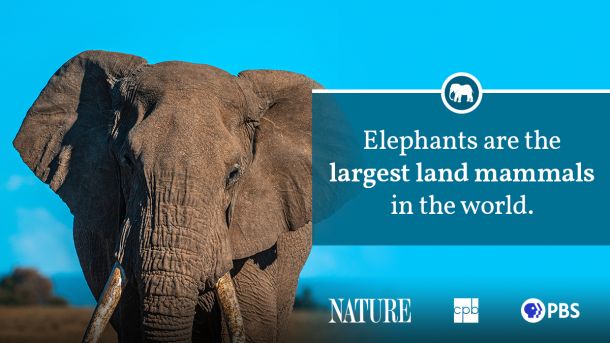
Appearance:
Elephants are the largest existing land animal, with massive bodies, large ears, and long trunks. Elephants’ long trunks are multifunctional. They are used to pick up objects, trumpet warnings, greet other elephants, or suck up water for drinking or bathing.
Elephants grow tusks or “extended teeth,” which also serve many purposes. They are used to protect the elephant’s trunk, lift and move objects, gather food, defend themselves, and strip bark from trees. Elephants even use their tusks to dig holes to find water underground during a drought.
African and Asian elephants differ in their appearance, with more than 10 distinct physical differences between them. Asian elephants are smaller than African, including their ears. While both male and female African elephants grow tusks, only some male Asian elephants have tusks. The African elephant is the largest of all elephant species and weighs up to eight tons. There are also a number of differences between the two African elephants: the savanna and the forest elephant.
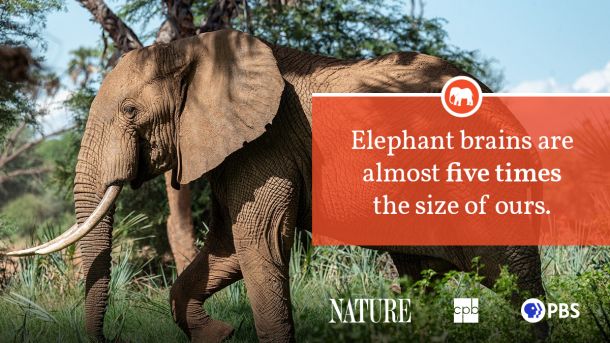
Diet:
Elephants are herbivores, and they need extensive land areas to survive. On average, an elephant can feed up to 18 hours and consume hundreds of pounds of plant matter in a single day.
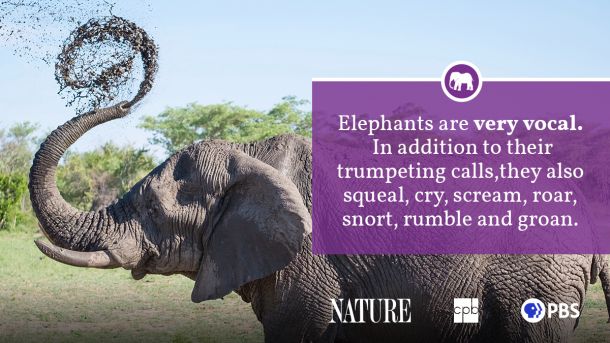
Habitat:
Elephants are found in various habitats, such as marshes, forests, savannahs and deserts.
Geography:
Elephants can be found in South Asia, Southeast Asia, and sub-Saharan Africa.
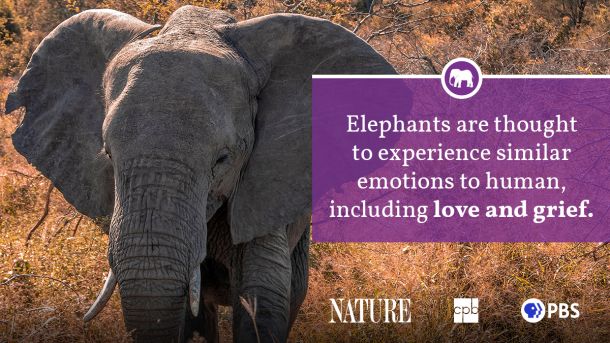
Breeding:
A single calf is born to a female elephant once every four to five years. The gestation period is 22 months, which is the longest gestation period of any mammal. Elephants are organized into complex social structures of females and calves, which are led by the matriarch. The calf is raised by the entire herd of female relatives. Female calves may stay with this maternal herd for the rest of their lives, but the males leave the herd once they reach puberty. Male elephants tend to live in isolation or in small bachelor groups.
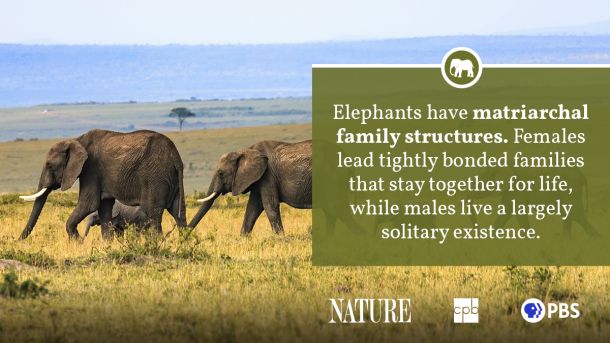
Lifespan:
The lifespan of elephants is not yet well understood. Most of the available research is related to African elephants, which suggests that they rarely live to the age of 50. Evidence suggests that Asian elephants typically live into their mid-50s. There is not enough consistent data available on wild Asian elephants to accurately estimate their lifespan. The median life expectancy for female Asian elephants is 47-years-old.

Threats:
The greatest threat to African elephants is the illegal ivory trade. African elephant populations have fallen from an estimated 12 million a century ago to some 400,000. In recent years, at least 20,000 elephants have been killed in Africa each year for their tusks. African forest elephants have been the worst hit. Their populations declined by 62% between 2002-2011 and they have lost 30% of their geographical range, with African savanna elephants declining by 30% between 2007-2014.
Meanwhile, the greatest threat to Asian elephants is habitat loss. As human settlements and infrastructure expand, elephants are also losing their habitats and ancient migratory routes. This development increases human-elephant conflict as more elephants come into close contact with humans. As elephants come closer to humans, they are more likely to destroy crops and property, as well as occasional human casualties. These negative interactions can result in the retaliatory killing of elephants.
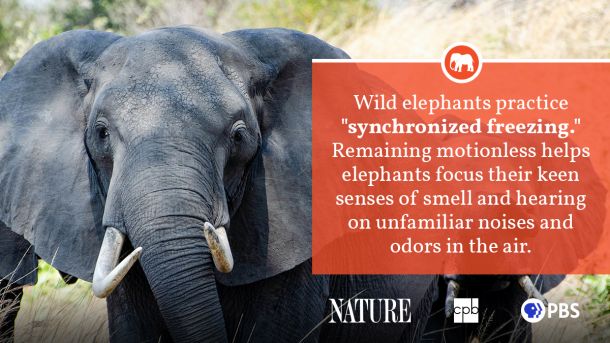
Conservation Status:
African elephants are listed as vulnerable and Asian elephants are listed as endangered by the International Union for Conservation of Nature (IUCN).
Conservation Efforts:
Numerous conservation groups are working to save these enormous mammals from extinction. The World Wildlife Foundation (WWF) is among these groups. They are fighting for the cause by strengthening anti-poaching initiative, reducing conflict between elephants and people, stopping the illegal ivory trade, protecting elephant habitat, and reducing the demand for elephant ivory.
According to WWF, China is the real game-changer, as it is by far the largest market for elephant ivory. The nation banned domestic trade of elephant ivory as of January 1, 2018, which resulted in a significant drop in Chinese consumer desire for elephant ivory. WWF has been working since to reduce consumer demand for elephant ivory and ensure the ban is effectively enforced.
How You Can Help:
Adopt an African Elephant: Make a symbolic African elephant adoption to help save these animals from extinction and to support WWF’s mission
Sign on to stop Wildlife Crime: Sign a petition and pledge to stop wildlife crime.
Source: World Wildlife Foundation (WWF) and the Smithsonian’s National Zoo
